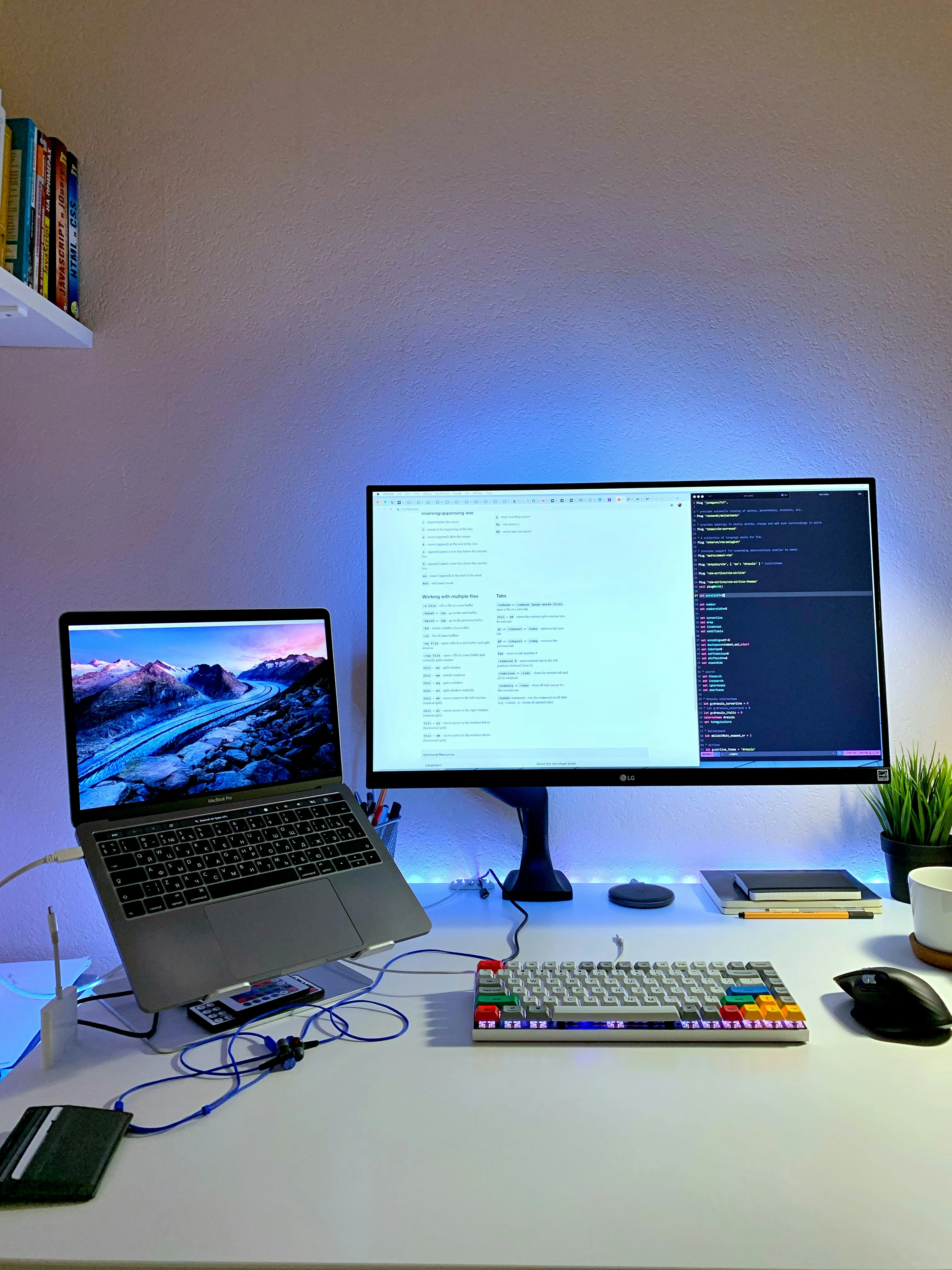Though complementary, compliance and security are different concepts. Installing a lock on your door is security, using specifically a three-point lock is compliance to your insurance’s requirements. Yet, many organizations still confuse those concepts, assuming that meeting regulatory requirements is enough to protect their systems. They’ve either lost sight of the real enemy or misunderstood them.
As Sun Tzu said, “If you know yourself but not the enemy, for every victory gained you will also suffer a defeat”. In the battle of cybersecurity, confusing security and compliance can open the door to sophisticated, well-funded attackers who don’t play by the rules. Even wider, if companies overlook their troop's operational reality. Worse still, in their rush to achieve compliance, they might choose the wrong equipment.
The Double-Edged Sword of Compliance
Despite its limitations, compliance remains a strategic priority. And rightly so: it’s often a legal obligation (GDPR), a business enabler (ex: SOC2), and a trust-building tool (ex: BSZ in Germany). But this pursuit comes with hidden costs, both in perception and in practice. Let’s dig in:
The Illusion of Safety.
One of the most dangerous side effects of compliance is the false sense of security it can create. When organizations focus on passing audits, they may neglect real-world threats.
While certifications like ISO 27001 or SOC 2 are designed to standardize security practices and reassure stakeholders, they often fall short of delivering real protection. One of the core issues is that compliance frameworks are not one-size-fits-all. Organizations differ in size, risk exposure, infrastructure, and threat models, yet many apply the same checklist approach across the board.
This can leave critical assets underprotected, while resources are misallocated to low-risk areas simply because the framework demands it. The result is a security posture shaped more by audit requirements than by actual threat intelligence.
The Equifax breach is a textbook example. Despite being technically compliant, the company failed to patch a known vulnerability, resulting in a massive data leak affecting over 147 million people. Compliance didn’t protect them.
The Human and Financial Trade-Off of compliance.
But behind the promise of security lies a silent cost: complexity. IT teams suddenly find themselves managing increasingly complex environments, while financial resources are redirected away from innovation and user experience toward compliance-driven infrastructure. For end users, this often translates into restrictive tools and reduced flexibility.
European frameworks like ANSSI’s guidelines and Germany’s IT Security Act (IT SiG) enshrine one principle above all: separation. Sensitive assets must live in isolated environments. In practice, this means administrators juggling multiple systems and users switching between screens - sometimes three or more- just to get through their day.
This complexity also multiplies the number of security tools deployed to cover the entire surface: firewalls, SIEMs, endpoint protection, and more. Deploying, maintaining, and monitoring this ecosystem demands significant in-house resources. Hardware purchases, maintenance, licenses, and staffing costs accumulate rapidly, draining budgets that could otherwise fuel innovation and improve user experience.
Seeking alternatives, companies turned to virtualization techniques like VDI, DaaS, or RDS to isolate their environments. Yet, each revealed its trade-offs: VDI depends on network performance, DaaS sacrifices sovereignty, and RDS struggles with partitioning. These solutions often fail to deliver both security and user experience, leaving organizations frustrated.
VDI, once hailed as a go-to solution, now stands as a striking example of how a technology can create friction at every turn.
The Promise and pitfalls of VDI
For a time, Virtual Desktop Infrastructure (VDI) seemed ideal for organizations aiming to isolate sensitive environments while reducing the number of screens per user. Instead of having two environments, they have only the sensitive environment and use VDI to access the less protected one.
By centralizing desktop environments on remote servers, VDI promised flexibility for users, centralized control for admins, easier compliance management to CIO, and cost savings for CFOs. In theory, everyone would win.
But reality quickly caught up.
VDI’s Hidden Costs
VDI is not a silver bullet. In fact, it often introduces new challenges, including its high cost and complexity of deployment. Licensing, hardware, and maintenance expenses can quickly escalate. And what initially looks like a compliance win can quickly become a financial risk.
But VDI’s real limitation lies in the user experience. Employees often face latency and limited flexibility, which leads to frustration, workarounds, and the rise of shadow IT.
VDI’s heavy reliance on connectivity is a recurring issue. Performance crashes as soon as the signal weakens. Without stable internet access, productivity plummets. In disconnected environments, users may bypass systems entirely, introducing new risks. VDI solutions often fail to meet the on-the-ground constraints of certain sectors such as the construction.
What was meant to be a compliance-friendly solution becomes a source of friction, undermining both security and efficiency. After the disillusion of VDI, companies felt stuck between the rock and the hard place wondering if it’s even possible to stay compliant comply without compromising usability, security or overspending.
While some disappointed organisations chose to return to multidesktop, or maintained VDI, others continue exploring more user-friendly alternatives to VDI. They seek solutions that foster end-user adoption while maintaining high security and ensuring regulatory compliance. And they’re right to do so.
Going back to multi-desktop or sticking with VDI despite their poor usability is forgetting that compliance is not the same as security. What’s the point of multiplying compliance measures if end users keep trying to bypass impractical solutions that hurt their performance? What’s the use of installing a complex lock if, in the end, you leave the door ajar “to save time”?
To err is human, seeking the easier path too
When systems are slow, unintuitive, or overly restrictive, users will find workaround. How? They often turn to unmanaged personal devices. Sometimes, IT teams even concede admin rights to developers, just so they can work faster. Because, in the end, that’s easier. But these situations create blind spots and cracks in the infrastructure, increasing complexity in incident response.
And, unfortunately, the virtualization solutions traditionally recommended for compliance, especially VDI, all fell short in terms of usability. Frustrated end-users lead to exhausted system administrators, and eventually, sleepless nights for the CISO.
That’s why any solution’s impact must consider workflows, operational contexts, and user needs. Otherwise, organizations risk making decisions disconnected from the realities of day-to-day operations and inadvertently encouraging workarounds that introduce vulnerabilities across the entire structure. VDI may tick the compliance box, it often turns out to be a poor choice in practice.
Conclusion: Smart Move or Risky Bet?
Well, it depends on what kind of bet you are making. If your goal is to check a box, VDI might suffice. But if you aim to protect your business without compromising your people, it’s time to rethink your strategy.
The impact of a solution must be observed, measured, and understood in context. And the question is not whether virtualization can support compliance. It’s whether it can do so without putting your organization at risk. If your goal is to coexist with compliance frameworks while preserving agility, productivity, and security, then the answer lies in smarter, more human-centered solutions.
That’s precisely what we do at KERYS Software. YS::Desktop was built on real-world feedback and keeps evolving to meet business operational realities and make secure virtualization truly accessible.
Does it sound too good to be true? Let us show you how we do it.



